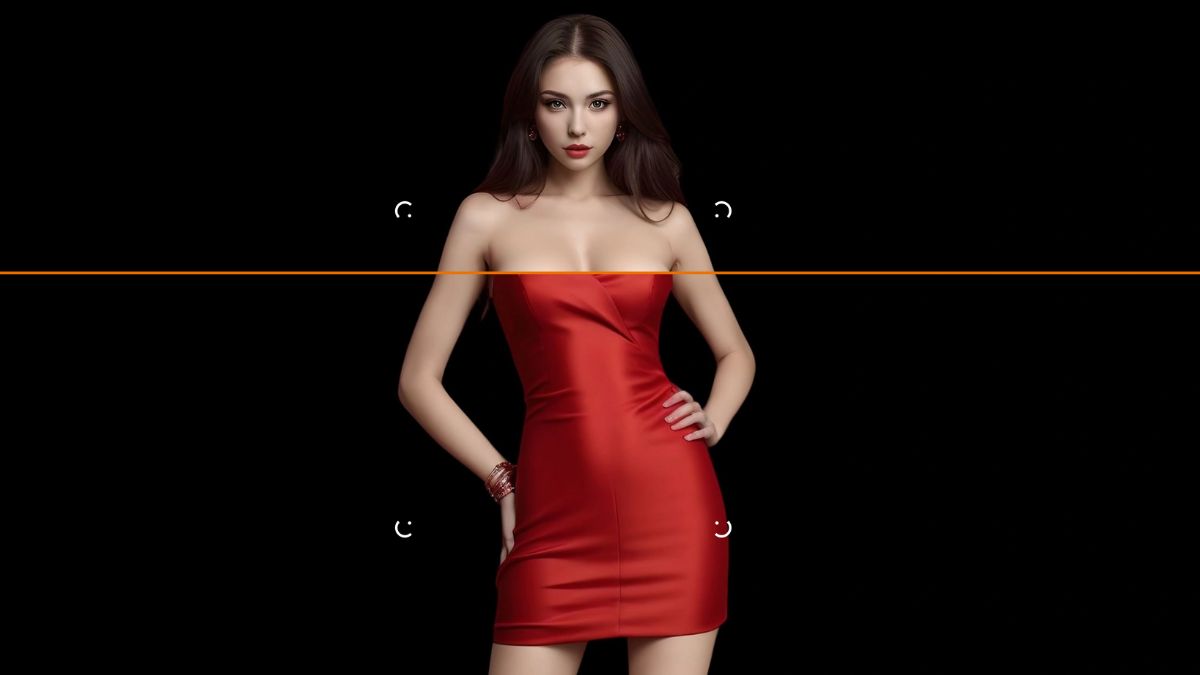
In recent years, the advent of artificial intelligence (AI) has led to incredible advancements across various fields, including image processing and computer vision. One controversial application that has garnered attention is the so-called "Free AI Undresser," a technology purported to digitally remove clothing from images of individuals, revealing what lies beneath with startling accuracy. While this concept might seem straight out of science fiction, its implications and accuracy are subjects of intense debate and scrutiny.
The Technology Behind AI Undresser
AI undresser tools typically utilize deep learning algorithms trained on vast datasets of clothed and unclothed images. These algorithms are designed to detect and interpret visual cues such as clothing seams, folds, and textures, then generate an approximation of what the person might look like without clothes. The process involves complex image manipulation techniques, including inpainting and texture synthesis, to create a seamless composite image.
Accuracy and Limitations
The accuracy of AI undresser tools is a contentious issue. Proponents argue that these technologies can produce remarkably realistic depictions, often indistinguishable from genuine photographs. Advocates suggest potential applications in fashion design, virtual fitting rooms, and even forensic investigations. However, critics raise significant ethical concerns and doubt the reliability of such tools.
One major limitation is the potential for inaccuracies in rendering body proportions, skin textures, and other subtle details that make up the human form. The AI algorithms may struggle with diverse body shapes, skin tones, and clothing types not well-represented in their training data. Moreover, ethical concerns regarding privacy violations and the potential for misuse in creating non-consensual imagery loom large over the technology.
Ethical Considerations
The ethical implications of AI undresser technology are profound. The creation and dissemination of non-consensual nude or sexually explicit imagery (commonly known as "deepfakes") can cause irreparable harm to individuals, leading to emotional distress, reputational damage, and legal consequences. Regulators and advocacy groups have called for stringent measures to prevent the misuse of such technology and protect individuals' rights to privacy and dignity.
The Future of AI Undresser Technology
As with any emerging technology, the future of Free AI Undresser tools remains uncertain. While proponents argue for their potential benefits in certain applications, stringent regulations and ethical guidelines are essential to mitigate risks and prevent abuse. Researchers and developers are increasingly focused on improving the accuracy, transparency, and ethical framework surrounding these technologies to ensure they are used responsibly and ethically.
In conclusion, while AI undresser technology represents a remarkable leap forward in AI capabilities, its accuracy and ethical implications warrant careful consideration and regulation. As society navigates the complexities of this and similar technologies, balancing innovation with ethical responsibility will be crucial in shaping a future where AI serves humanity responsibly and ethically.